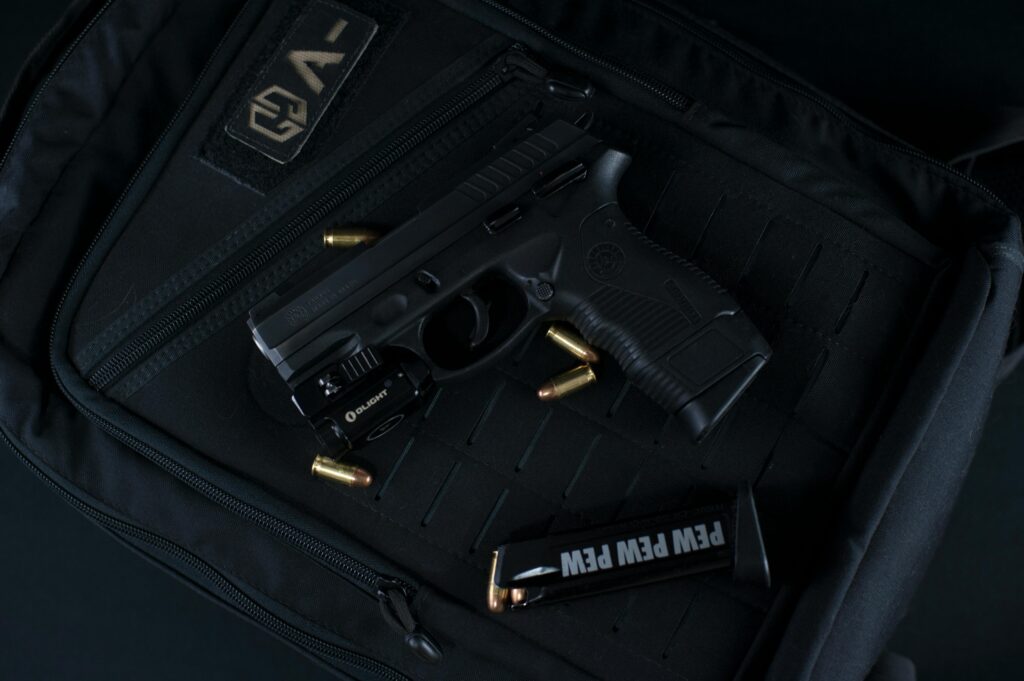
Precision Rifle Series: How to Choose the Best Rifle for PRS
Diving into PRS? Stop! The most effective action you can take is to stop examining all the choices and viewpoints and simply attend a match.

Firearm ownership comes with a critical responsibility: proper firearm maintenance. Whether you’re a seasoned gun owner or a newcomer to the shooting world, understanding how to care for your firearm is essential. Regular maintenance not only ensures reliable performance but also extends the lifespan of your weapon, keeping it safe and ready when needed.
In this comprehensive guide, we’ll walk you through the fundamentals of firearm maintenance, covering safety protocols, cleaning techniques, storage tips, and more. From triple-checking your firearm’s unloaded status to perfecting your post-range rituals, this guide has everything you need to keep your firearm in top condition.
Let’s dive into the essential practices every firearm owner should master!

Congratulations, firearm enthusiast! You’ve now mastered the essentials of firearm maintenance. Regular upkeep not only ensures your firearm performs reliably but also extends its lifespan. For those who prefer professional assistance, many gun stores in USA offer specialized firearm maintenance services to help keep your equipment in top shape. Whether you’re doing it yourself or seeking expert help, your dedication to proper maintenance will ensure that your firearm remains a dependable tool for years to come.

Diving into PRS? Stop! The most effective action you can take is to stop examining all the choices and viewpoints and simply attend a match.

Hunting rifles do not have to maintain the same setup as they have for the past century. The firearms market has exploded with aftermarket modifications,
